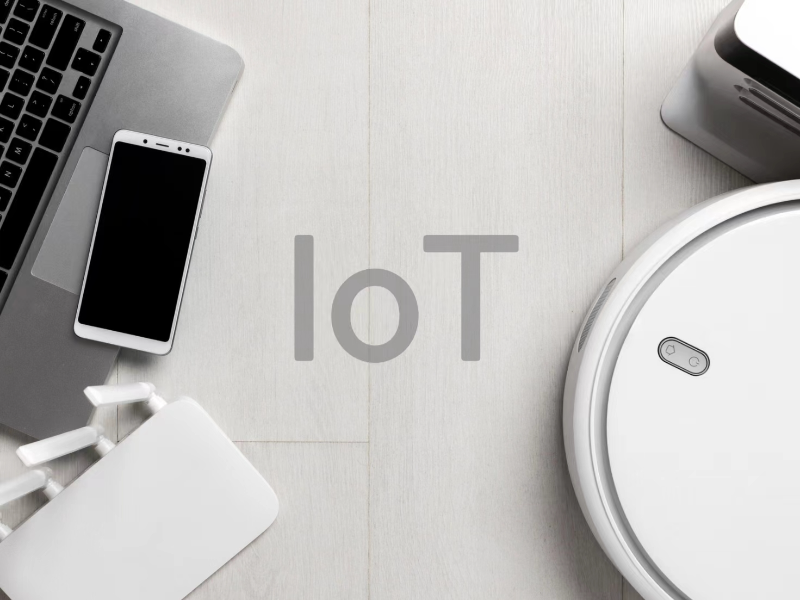- IoT communication technologies encompass diverse connectivity options like Wi-Fi, Bluetooth, Zigbee, LoRa, enabling reliable data transmission and mutual communication among devices.
- Sensor technology converts physical data into digital signals, facilitating environmental monitoring and data transmission for processing and analysis.
- Key aspects of IoT data management include standardised protocols, effective data processing techniques, and robust security measures to ensure privacy and prevent malicious attacks.
IoT (Internet of Things) technology connects various physical devices to the internet, enabling data exchange and information transmission among devices. This allows devices to communicate and collaborate, providing users with smarter and more convenient services. The realisation of inter-device communication in IoT technology primarily relies on several key technical aspects.
Also read: Pakistan govt confirms block on social media platform X
IoT communication technologies
Network connectivity technology is at the core of IoT devices accessing the internet, encompassing various techniques and methods to ensure stable and efficient data transmission. Common network connectivity technologies include Wireless Local Area Network (Wi-Fi), Bluetooth, Zigbee, and LoRa, each with its applicable scenarios and advantages. Through these technologies, IoT devices can establish stable network connections with other devices, enabling bidirectional data transmission and communication.
Sensor technology plays a crucial role in IoT, converting physical information from the environment into digital signals and transmitting them over the internet. Common sensors include temperature sensors, humidity sensors, light sensors, etc., which can sense changes in the environment and transmit data to other devices for processing and analysis, enabling real-time monitoring and control of the environment.
Also read: What is the purpose of a supercomputer?
Data transmission, processing, and security in IoT
To ensure mutual understanding and information exchange between IoT devices, IoT technology requires unified standard data transmission protocols. Common IoT data transmission protocols include MQTT, CoAP, and HTTP, supporting data publishing and subscription among devices, enabling real-time monitoring and control of device status, thus enhancing the reliability and stability of IoT systems.
Handling and analysing large-scale data is a challenge in IoT, requiring effective data processing techniques to manage and analyse massive data. This includes data storage, cleaning, analysis, and mining steps. By processing and analysing data, patterns and trends can be discovered, providing a basis for decision-making and enabling intelligent collaboration and optimisation among devices.
Security and privacy protection are crucial in IoT technology. Communication between devices must ensure data security and integrity. For important data, encryption and authentication are necessary to prevent data leakage and malicious attacks. Additionally, users should have the right to control the use and sharing of their data, protecting personal privacy and data security.
Through the synergy of these technologies, devices can exchange data and transmit information, achieving the goals of smart living and industrial applications. However, the challenges and issues faced by IoT technology, such as network security and data privacy, cannot be ignored and require continuous research and solutions. With the ongoing progress and innovation in technology, IoT will further promote inter-device communication and collaboration, bringing us a more convenient, efficient, and intelligent life.

